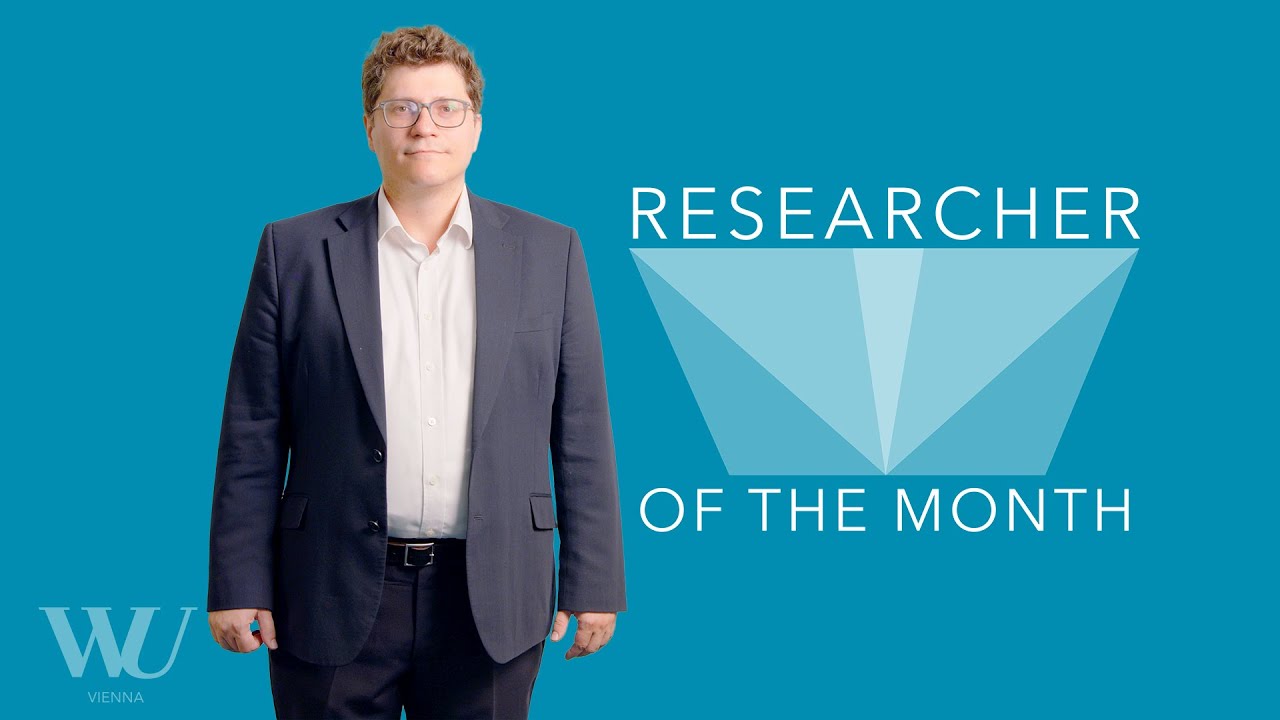Jürgen Braunstein

A place in the sun: How oil…
A place in the sun: How oil states profit from the energy transition
The countries on the Persian Gulf supply the world with oil. But they also have ideal conditions for producing solar power and are rapidly expanding their solar capacity. Jürgen Braunstein from WU (Vienna University of Economics and Business) studies the energy strategies that the petrostates pursue. The surprising result: Expanding solar power could help these countries sell even more oil in the future – at the expense of the climate.
Oil is a finite resource, and the rulers of the oil-exporting states in the Persian Gulf region are well aware of this fact. This is why Saudi Arabia, the United Arab Emirates, Qatar, and Kuwait are investing heavily in renewable energy: From 2008 to 2018, these four countries budgeted a total of $155 billion for solar power plants and other types of green energy.
Jürgen Braunstein from the Institute for Economic Geography and GIScience at WU Vienna has been studying this development for many years – and he has discovered a remarkable paradox: “It has become clear that by investing their oil revenues in renewable energy, petrostates could be able to further increase their market power in the global oil business.”
How is this possible? The oil-producing countries in the Persian Gulf region are also among the largest consumers of oil and natural gas, because they use their fossil fuels to generate electricity for air conditioning and seawater desalination. “Imagine if these countries were to cover their electricity needs with solar power,” explains Jürgen Braunstein. “As a result, more cheap oil would be available for export. This would allow them to increase their share of the global oil market and generate more revenue.” There is one thing that the four countries studied have in common: They offer almost ideal conditions for producing solar energy on a large scale. Saudi Arabia’s capital Riyadh on average receives solar radiation equivalent to 2,200 kilowatt hours per square meter –this is about twice as much as in Austria.
Bright sides and dark sides
Whether this solar-focused strategy will work out in the long term depends on several factors, however. Jürgen Braunstein has carried out detailed analyses for four countries – Saudi Arabia, the United Arab Emirates, Qatar, and Kuwait – and he paints a nuanced picture.
Saudi Arabia has been drawing attention with its ambitious plans, including in the field of renewable energy: The country intends to install solar thermal and photovoltaic systems with a total output of 60 gigawatts by 2030 (by comparison, Austria currently has just under four gigawatts installed, with 21 gigawatts planned for 2030). However, oil consumption in the desert kingdom is increasing year by year. “To keep up the pace and to continue exporting as much oil as before, Saudi Arabia would have to produce around four times more solar power by 2030 than planned,” Jürgen Braunstein explains. But if Saudi Arabia succeeds in curbing its own hunger for energy, it will be able to use this strategy to increase its income from oil exports while saving its reserves at the same time.
The United Arab Emirates plan to cover a quarter of their power consumption from renewables by 2030, which would require a capacity of around 16 gigawatts. Because they started investing earlier than the other Persian Gulf states – the Emirate of Dubai launched its push for solar power in 2012 – they are well on track to achieving this goal. The Emirates are the only one of the four countries where solar power can compete with fossil power in terms of price.
In Kuwait, however, investments in solar power are significantly smaller in scale: Around five gigawatts of renewable capacity are planned for 2030. However, in order for Kuwait to actually increase its oil exports, around 19 gigawatts of solar power capacity would be needed. “For Kuwait to continue exporting as much oil as before, they would have to significantly increase their oil production levels,” Jürgen Braunstein points out. But according to Braunstein, it’s Qatar’s strategy that is least likely to succeed: The host of the 2022 FIFA World Cup currently produces almost 100 percent of its electricity from natural gas. Its target for 2030 is similar to Kuwait’s, around five gigawatts. However, the extra revenues Qatar could generate from additional natural gas exports in this scenario would be minimal. “Qatar’s solar power strategy actually doesn’t make much sense on this scale,” says Jürgen Braunstein.
The sun is rising in the east
In his research project, which won an ERC Starting Grant from the European Research Council, Jürgen Braunstein is also looking at how the energy transition is affecting where the world’s major financial centers are located. “I’m particularly interested in the shift in global financial power from West to East that we’ve been observing for several years now.”
Seen from this perspective, the Persian Gulf countries can take advantage of their ideal geographical location: While the demand for fossil fuels is set to go down in Western countries in the long term, it is expected to rise in emerging markets such as South Asia and Africa. The petrostates are located right between these regions, which allows them to establish themselves as global energy and financial centers. And with their solar strategy, they are getting ready to benefit from the growing hunger for energy in the surrounding regions.
But is this really the right way to go, especially in view of global warming? “These investments in renewable energy are commendable and necessary, but their effect on global carbon emissions is negligible if the oil and gas saved at home is exported and burned elsewhere,” says Jürgen Braunstein. “To achieve a positive effect on the climate, the oil would have to stay underground. The producing countries and the consumers of these resources need to be aware of this fact,” he points out.
Further information on the project
Braunstein, J (2020): Green Ambitions, Brown Realities. Making Sense of Renewable Investment Strategies in the Gulf. Geopolitics of Energy Project Report, January 2020. Belfer Center for Science and International Affairs, Harvard Kennedy School.
Link to the paper
About the researcher
![[Translate to English:] Jürgen Braunstein](/fileadmin/wu/_processed_/c/6/csm_J%C3%BCrgen_Braunstein_70ee698fc4.jpg)
Jürgen Braunstein is an assistant professor at the WU Institute for Economic Geography and GIScience. He also teaches in the sustainability graduate programs at Harvard University and is a member of the Harvard Center for European Studies. His research focuses primarily on the drivers of the green energy revolution and its effects on the global energy mix, and on how this impacts the existing and future economic relations between different countries. In 2022, he won a €1.5 million ERC Starting Grant from the European Research Council for his research project on the rise and fall of the world’s major financial centers and on how these developments are related to the energy transition.
